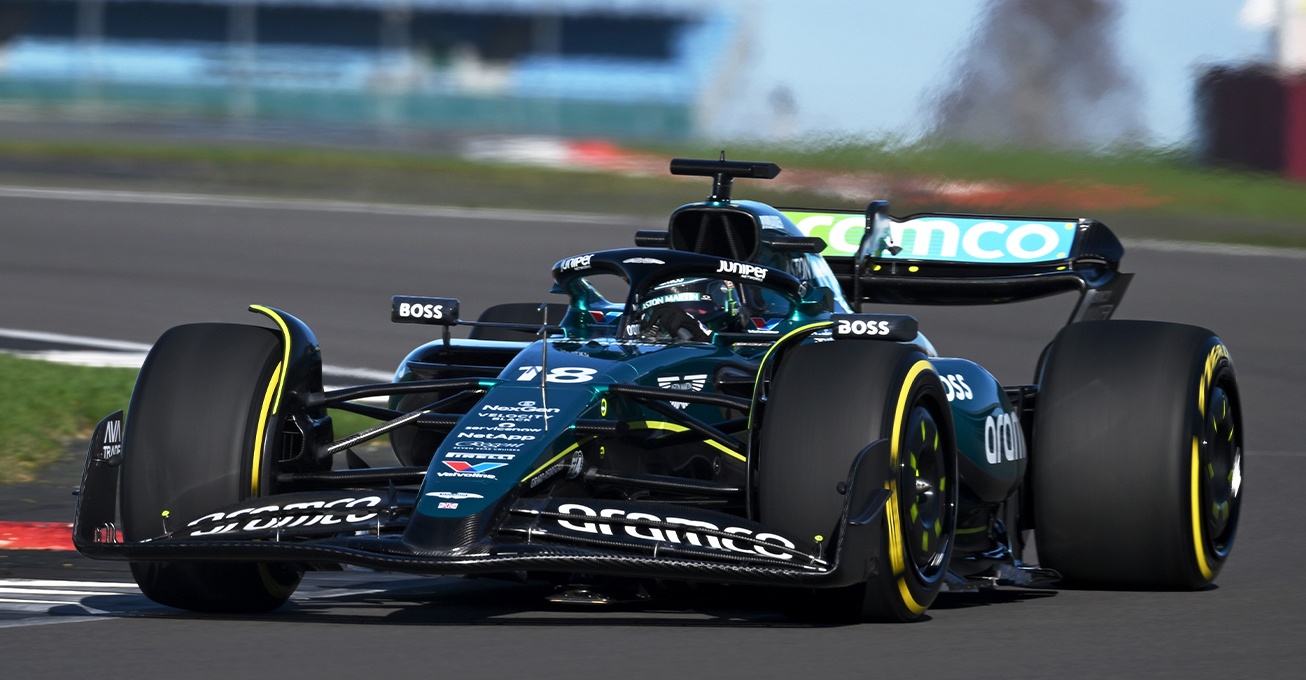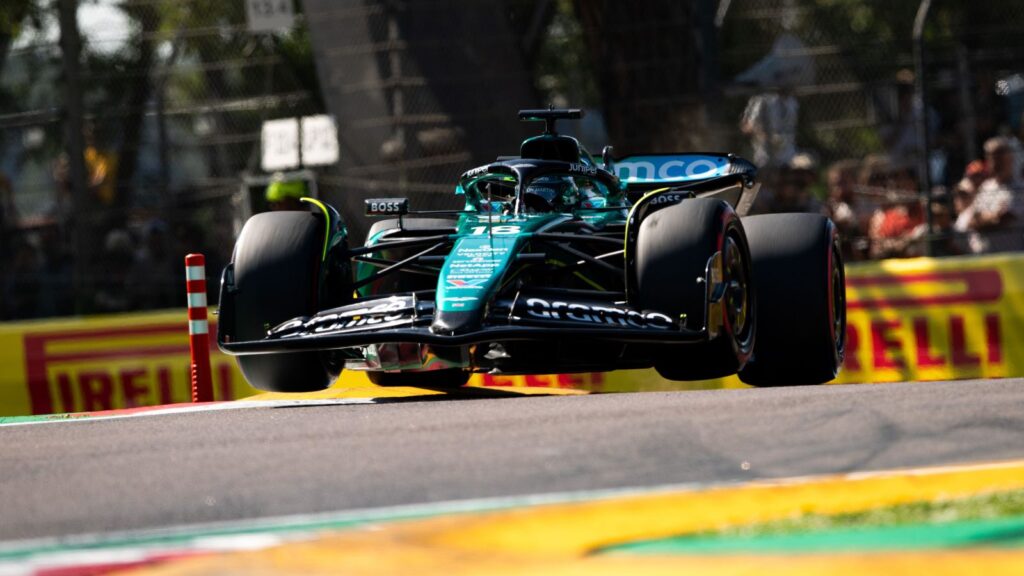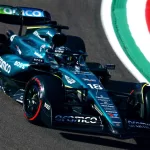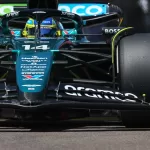The Emilia Romagna (Imola) Grand Prix first debuted in 1980 and is set to be apart of the calender until 2025, where one of the Italian Grands Prix are set to be dropped. The challenging 4.91km long circuit has 18 Turns and 1 DRS zone.
The Imola Grand Prix is arguably the second hardest track to overtake on, making qualifying and track position essential. Drivers must be careful to manage their tyres throughout a lap and make sure not to push too hard during S1. Much of the circuit is interconnected with little straights so there’s no particular sector which is key for success.
Going up the hill into Turn 9, drivers must be careful to not exceed track limits. Proceeding down into Turns 11 and 12 you need to be at the right speed going into 12 to utilise the kerbs correctly, yet not go over the limit. Going up the hill into the chicane at Turns 14 and 15 drivers must make sure not to be over the limit going over the kerbs or else they’ll be in the wall (Charles Leclerc in 2022). Exiting down into Turns 17 and 18 drivers must be careful to brake at the correct point or else they’ll either go straight off or be comprimised for Turn 18 and lose the rear (Fernando Alonso in 2024)

Due to only having 1 DRS zone and being inherently narrow, overtaking is challenging around the Italian circuit. As a result, track position is key and teams must do well during qualifying. Typically, Imola has been a one stop race due to the high pitloss time (26 seconds), and being a quick circuit. The track composes many medium-speed corners so expect to see higher downforce levels which should help to reduce tyre wear.
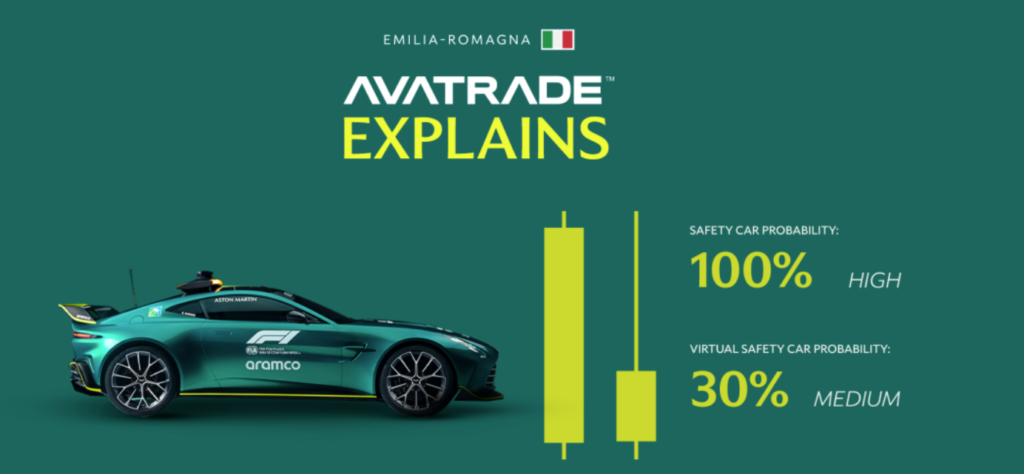
As stated earlier, the circuit is one of the more challenging tracks featured on the calender and as a result, Safety Car probability is at 100%. Teams will probably explore the option of extending their stints if they believe there’s still a high risk of a Safety Car, allowing them to have a cheap pitstop. As track position is important, teams may decide to utilise the overcut in the hope of their opponent getting caught in traffic.
Wet weather is a common occurence at Imola, with 2023’s race being cancelled because of major flooding. Other factors that can affect the race is wind, with it often picking up and changing direction – this can cause the cars to become unsettled and shows the importance of both the driver and car being adaptable to changing conditions (during the 2024 weekend, the wind was Southerly on Friday whilst it was Northerly on Saturday)

The fastest strategy is to commence the race on the Medium compound and then box for the hards for the majority of the race. Traffic is a big problem at the Imola Grand Prix, so teams may put their drivers on the soft compound to make up places at the start of the race. Graining is expected to be a big challenge on Sunday and drivers must be careful not to overheat the tyres. If temperatures are cooler, teams may decide to choose the Soft as a starting tyre.
If the strategy team are going to be bold, they may utilise the S-M-M strategy which would increase their chances of having a cheap pitstop under a Safety Car. Though, teams must be careful not to box their drivers into traffic or else they’ll be overcut by the opponents.


TRIVIA:
- Fastest lap record: 1:15.484 – Lewis Hamilton
- Most wins: Michael Schumacher – 7
- Pitloss: 26s:17s (Green:Safety Car)
- 63 Laps
2024 TYRE STRATEGY

